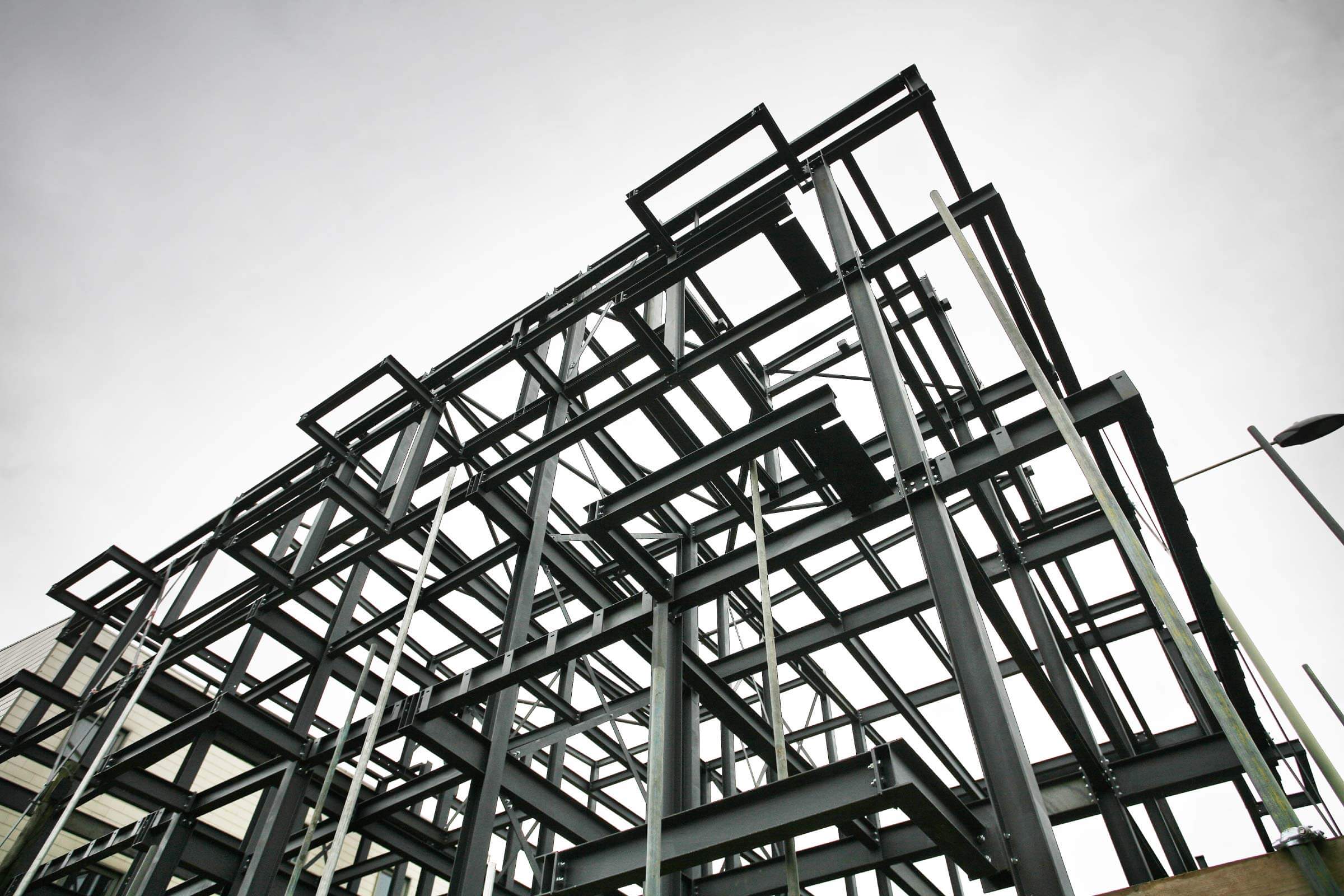Applying for a Building Warrant in Scotland
13 October 2019

The Scottish Building Standards system is markedly different from, and in many ways more rigorous than, the system currently operating in England and Wales. Lack of understanding of the requirements of the system can cause difficulties to “new” developers or those who do not have previous experience in the Scottish system.
The principal difference is that the Scottish system is pre-emptive, meaning that a building warrant must be granted before work starts on site, and that the applicant must demonstrate that the building complies with the relevant legislation and Technical Standards before the warrant will be granted.
One of the ways to demonstrate compliance with structural aspects of the standards is the provision of a SER certificate as part of the building warrant application. This process is likely to come to England and Wales in not too distant future
What is a SER Certificate?
SER stands for “Structural Engineers Registration Ltd” and is a registration scheme for competent, appropriately experienced engineers to be registered as certifiers of design for Building Warrant applications in Scotland. There are two roles within the scheme – an Approved Certifier of Structural Design and an Approved Body.
Why was SER introduced into Scotland?
The SER scheme came into effect in 2005 and replaced a previous certification scheme which had proven incapable of providing Local Authorities (Verifiers) and Clients with enough confidence that Building Warrant applications complied with the requisite legislation and Technical Standards.
What is the Role of the Certifier?
The role of the Approved Certifier of Structural Design is not to certify the “structure” of the building but to certify that the building, which is the subject of the warrant application, is compliant with the structural requirements of the Scottish Building Regulations and Technical Standards.
This means that the Certifier must consider not only the primary superstructure, but all other load bearing aspects of the building. Since many of these elements are often designed in the later stages of the design and construction of a building, it is often necessary to submit a series of staged warrant applications to meet the pre-emptive requirements of the legislation. It is therefore important that the Certifier is appointed as early as possible in the planning and design process.
The designer of any part of the building and the Certifier can be one and the same person (except in the case of very low risk structures) however, all designs must be checked by another engineer before they are certified – SER is not a scheme of self-certification.
All certificates must be signed by both the Approved Certifier and the Approved Body employing the Approved Certifier.
Can anyone become an Approved Certifier?
Approved Certifiers must meet strict criteria before they can apply to be members of the scheme. To be a Certifier, engineers must be Chartered Structural and/or Civil engineers with at least 5 years appropriate post-chartered design experience and have a working knowledge of the Scottish Building Control system.
Do I need to submit a SER Certificate with my Warrant Application?
Certification is intended to provide both clients and the public with a greater level of confidence that the design of the building meets the statutory requirement. This approach is, however, optional and it is still possible to submit calculations to local authorities for checking as a means of obtaining a building warrant.
How do I find an SER Certifier?
A list of Approved Certifiers and Bodies can be found on the Scottish Government’s Building Standards Division website, or on the website of the States of Jersey Government. To save you looking any further, Patrick Parsons can provide SER Certification for any project in Scotland through both our Glasgow and Newcastle offices.
The Client’s responsibilities
Clients should be aware that responsibility for the compliance of building projects, both at the design and construction stage, ultimately lies with them (not the Local Authority) and therefore it is very much in their interests to appoint appropriately qualified and experienced designers and builders.
Patrick Parsons have Approved Certifiers in-house. Get in touch to find out more.

